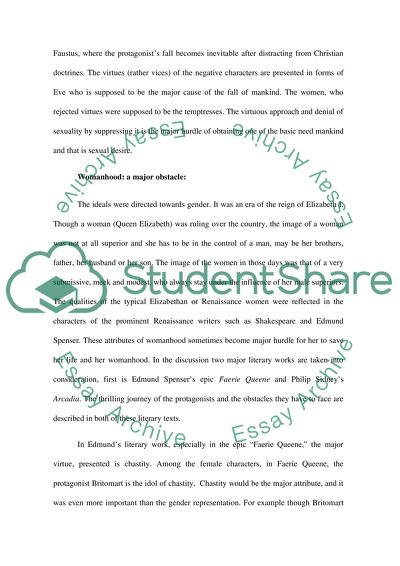Cite this document
(“Attributes of Characterization of Sixteen Century Term Paper”, n.d.)
Retrieved from https://studentshare.org/literature/1439926-the-obstacles-and-limits-of-sex-gender-in
Retrieved from https://studentshare.org/literature/1439926-the-obstacles-and-limits-of-sex-gender-in
(Attributes of Characterization of Sixteen Century Term Paper)
https://studentshare.org/literature/1439926-the-obstacles-and-limits-of-sex-gender-in.
https://studentshare.org/literature/1439926-the-obstacles-and-limits-of-sex-gender-in.
“Attributes of Characterization of Sixteen Century Term Paper”, n.d. https://studentshare.org/literature/1439926-the-obstacles-and-limits-of-sex-gender-in.


